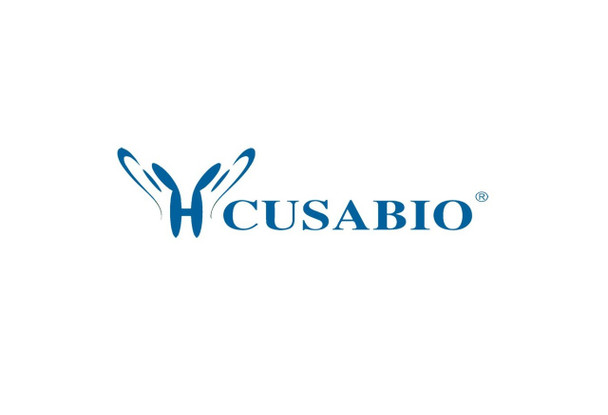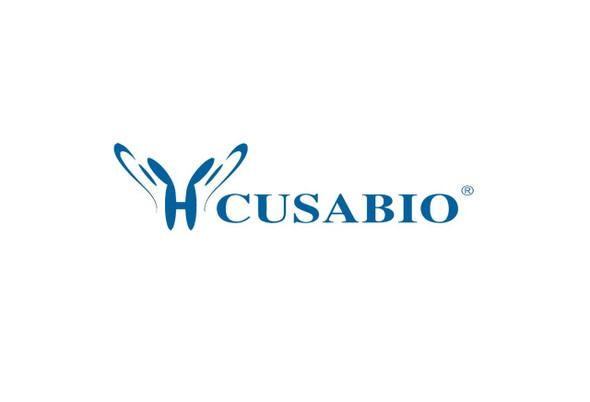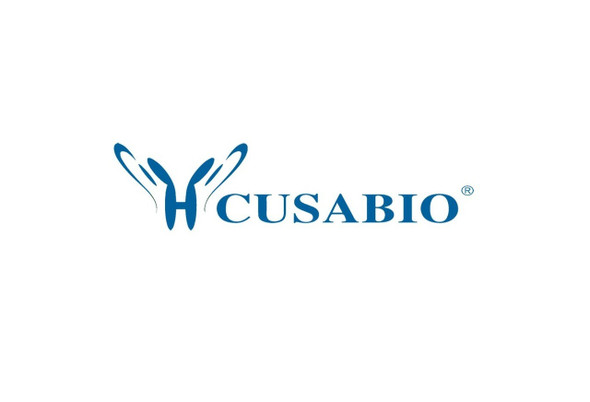Cusabio Human Recombinants
Recombinant Human Septin-2 (SEPTIN2) | CSB-EP617994HU
- SKU:
- CSB-EP617994HU
- Availability:
- 13 - 23 Working Days
Description
Recombinant Human Septin-2 (SEPTIN2) | CSB-EP617994HU | Cusabio
Alternative Name(s): Neural precursor cell expressed developmentally down-regulated protein 5 Short name: NEDD-5
Gene Names: SEPTIN2
Research Areas: Cell Biology
Organism: Homo sapiens (Human)
AA Sequence: MSKQQPTQFINPETPGYVGFANLPNQVHRKSVKKGFEFTLMVVGESGLGKSTLINSLFLTDLYPERVIPGAAEKIERTVQIEASTVEIEERGVKLRLTVVDTPGYGDAINCRDCFKTIISYIDEQFERYLHDESGLNRRHIIDNRVHCCFYFISPFGHGLKPLDVAFMKAIHNKVNIVPVIAKADTLTLKERERLKKRILDEIEEHNIKIYHLPDAESDEDEDFKEQTRLLKASIPFSVVGSNQLIEAKGKKVRGRLYPWGVVEVENPEHNDFLKLRTMLITHMQDLQEVTQDLHYENFRSERLKRGGRKVENEDMNKDQILLEKEAELRRMQEMIARMQAQMQMQMQGGDGDGGALGHHV
Source: E.coli
Tag Info: N-terminal 6xHis-SUMO-tagged
Expression Region: 1-361aa
Sequence Info: Full Length
MW: 57.5 kDa
Purity: Greater than 90% as determined by SDS-PAGE.
Relevance: Filament-forming cytoskeletal GTPase. Required for normal organization of the actin cytoskeleton. Plays a role in the biogenesis of polarized columnar-shaped epithelium by maintaining polyglutamylated microtubules, thus facilitating efficient vesicle transport, and by impeding MAP4 binding to tubulin. Required for the progression through mitosis. Forms a scaffold at the midplane of the mitotic splindle required to maintain CENPE localization at kinetochores and consequently chromosome congression. During anaphase, may be required for chromosome segregation and spindle elongation. Plays a role in ciliogenesis and collective cell movements. In cilia, required for the integrity of the diffusion barrier at the base of the primary cilium that prevents diffusion of transmembrane proteins between the cilia and plasma membranes: probably acts by regulating the assembly of the tectonic-like complex (also named B9 complex) by localizing TMEM231 protein. May play a role in the internalization of 2 intracellular microbial pathogens, Listeria monocytogenes and Shigella flexneri.
Reference: "Prediction of the coding sequences of unidentified human genes. IV. The coding sequences of 40 new genes (KIAA0121-KIAA0160) deduced by analysis of cDNA clones from human cell line KG-1."Nagase T., Seki N., Tanaka A., Ishikawa K., Nomura N.DNA Res. 2:167-174(1995)
Storage: The shelf life is related to many factors, storage state, buffer ingredients, storage temperature and the stability of the protein itself. Generally, the shelf life of liquid form is 6 months at -20?/-80?. The shelf life of lyophilized form is 12 months at -20?/-80?.
Notes: Repeated freezing and thawing is not recommended. Store working aliquots at 4? for up to one week.
Function: Filament-forming cytoskeletal GTPase. Forms a filamentous structure with SEPT12, SEPT6, SEPT2 and probably SEPT4 at the sperm annulus which is required for the structural integrity and motility of the sperm tail during postmeiotic differentiation
Involvement in disease:
Subcellular Location: Cytoplasm, Cytoplasm, cytoskeleton, Cytoplasm, cytoskeleton, spindle, Chromosome, centromere, kinetochore, Cleavage furrow, Midbody, Cytoplasm, cell cortex, Cell projection, cilium membrane, Cell projection, cilium, flagellum
Protein Families: TRAFAC class TrmE-Era-EngA-EngB-Septin-like GTPase superfamily, Septin GTPase family
Tissue Specificity: Widely expressed. Up-regulated in liver cancer.
Paythway:
Form: Liquid or Lyophilized powder
Buffer: If the delivery form is liquid, the default storage buffer is Tris/PBS-based buffer, 5%-50% glycerol. If the delivery form is lyophilized powder, the buffer before lyophilization is Tris/PBS-based buffer, 6% Trehalose, pH 8.0.
Reconstitution: We recommend that this vial be briefly centrifuged prior to opening to bring the contents to the bottom. Please reconstitute protein in deionized sterile water to a concentration of 0.1-1.0 mg/mL.We recommend to add 5-50% of glycerol (final concentration) and aliquot for long-term storage at -20?/-80?. Our default final concentration of glycerol is 50%. Customers could use it as reference.
Uniprot ID: Q15019
HGNC Database Link: HGNC
UniGene Database Link: UniGene
KEGG Database Link: KEGG
STRING Database Link: STRING
OMIM Database Link: OMIM









